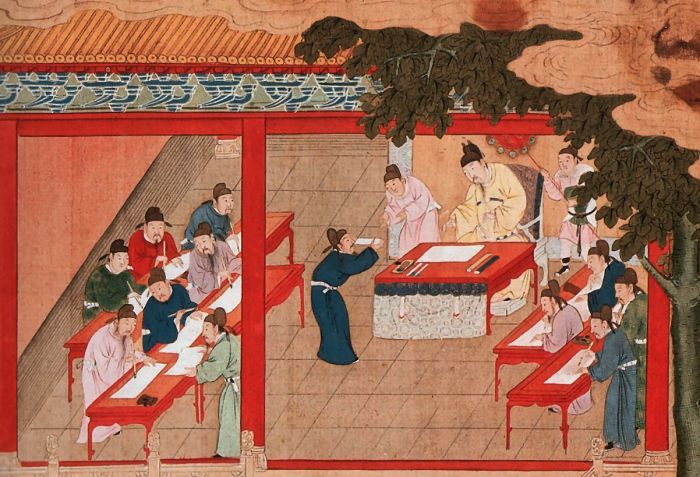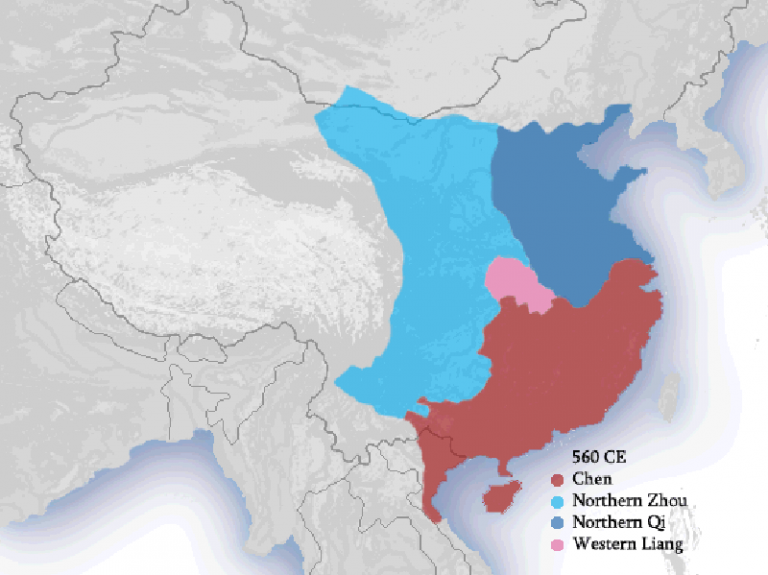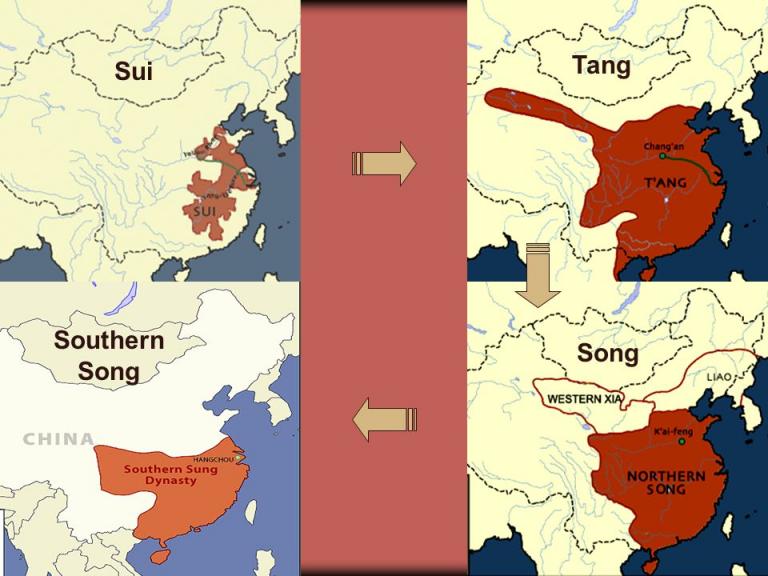The End of the Tang Dynasty and the Disunity before the Song
3 min readThe magnificent empire that had existed from 618 AD under the rule of the Tang Emperors finally collapsed in 907 AD.With the inevitable decline brought about through misrule,court intrigues and economic exploitation the scene was set for the overthrow of Ai,the last of the Tang Emperors.Zhu Wen seized power and established a new dynasty that has come to be known as the Later Liang.

At the beginning,Zhu Wen joint Huang Chao’s uprising against Tang.Later,he surrendered to the Tang emperor and gained his trust.The emperor put him in an important position in the army.When the old emperor died Zhu Wen made his son puppet emperor.Finally,he usurped the power and made himself emperor of the Later Liang.Such a notorious man couldn’t rule the whole country nor could he keep his reign long.China was again disunited.
For the next fifty years,the empire was to become fragmented.Northern China was ruled during this period by five shortly-lived military regimes,while the South became split into ten independent states.Hence the name“The Five Dynasties and the Ten States” was given to this era of history.During this half century,which was to prove one of China’s bleakest,warfare and official corruption were endemic.
The North was particularly affected as its canal and dam system fell into disrepair.This led to widespread flooding and consequent famine.However,there was one outstanding ac-complishment and this was the widespread development of printing.
There was threat from foreign invasions from the Qidan Mongols of the Liao Dynasty(916一1125AD).Based in Manchuria and Mongolia,the Qidan extended their influence into parts of northern Hebei and Shanxi Provinces.

Reunification of the empire was to commence under the Song Dynasty from 960 AD onwards.
The Five Dynasties in the North There were five successive dynasties that dominated the Yellow River Valley in this period.They were the Later Liang (907-923AD),Later Tang (923一936AD),Later Jin (936-946AD),Later Han (947-950AD),and Later Zhou (951-960AD).The prefix‘Later’was added to distinguish these dynasties from the earlier ruling houses of the same name.
The actual territorial limits varied from one dynasty to another with the Later Liang ruling the smallest while the Later Tang controlled the largest of them.Each dynasty was founded by the frontier commanders of their former states.
Military expansion,frequent warfare and administrative change became the hallmark of the period.
The Ten States in the South These states,which were predominantly in the South were Wu ,Southern Tang ,Wuyue,Chu ,Min ,Southern Han,Nanping or Jingnan ,Former Shu,Later Shu and Northern Han.
End of the Division Throughout this period there was no central government despite a struggle for power between the various ruling factions.The conditions for reunification were set in place by Chai Rong,the‘Shizong’ of the Later Zhou Dynasty.

After the death of Chai Shizong,a general in the army,Zhao Kuangyin,led a mutiny at Chenqiaoyi in 960 AD.He forced the young emperor,the son of Chai Shizong,to hand over his power and founded the Song Dynasty.For the next twenty years every effort was made to reunify the entire country.One by one the Ten States came under the rule of the Song and with the fall of the NorthernHan,China was reunited and the empire that was to last for a thousand years re-established.








